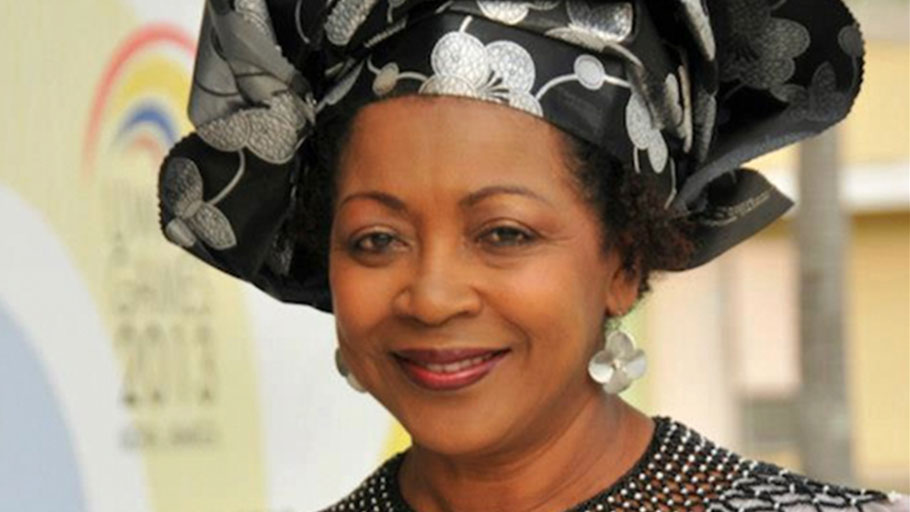Jamaican History is replete with stories of heroic men and women who at one time or another placed themselves on the frontline of battles for freedom. Such was the case in the war for African liberty in 1760 in St. Mary, led by “Gold Coast Africans” Chief Takyi and Chief Jamaica, who knew enslaved people’s entrapment in “Babylon” was a violation of their right to be free. So amidst our understandable preoccupation with the crisis posed by COVID-19, it would be remiss of us not to at least pause for a moment today to remember the heroic struggles of our ancestors in the long campaign for Emancipation.
Around midnight on April 7, 1760 and into the early hours of April 8, nearly 100 Africans led by Chief Takyi (pronounced Techie), marched to Fort Haldane in Port Maria, St Mary, overwhelmed the guard and seized ammunition.
The activists raided other places for provisions and weapons; and, armed with their cache, prepared to launch an attack on British slavery in Jamaica. The war strategy was worked out at their headquarters at Zachary Bayley’s plantation of Trinity, rather than at Frontier, where both Chief Tacky and Chief Jamaica were enslaved, and also involved enslaved people from Whitehall, Ballard’s Valley and other nearby plantations.
In the early morning of April 9 the African army, which gathered supporters along the way, reached Ballard’s Valley, and then moved on to Esher, Whitehall and other properties. It was not until the end of April that, with support from the Crawford Town, Nanny Town and Scotts Hall Maroons, the imperial forces, mobilized by Governor Moore, were able to suppress this phase of the war; for Africans would continue the fight for months afterwards, extending it to other parts of St Mary and other parishes.
Today, we celebrate the bravery of Chief Takyi, Chief Jamaica and all those who fought with them. We also thank the many scholars, including Richard Hart, Michael Craton and Vincent Brown, who have long applied their research efforts to providing explanations of the causes and consequences of this war.
Professor Vincent Brown of Harvard University provides the latest account of Chief Takyi’s War, expanding our understanding of the ways in which in the world of 1760 “…. masters struggled continuously to keep their restive slaves under the yoke. “Not surprisingly, as Brown writes, “In this contentious atmosphere, a movement of enslaved West Africans in Jamaica … organized to throw off that yoke by violence. … It was … part of a more extended borderless conflict that spread from Africa to the Americas and across the island. Even after it was put down, the insurgency rumbled throughout the British Empire at a time when slavery seemed the dependable bedrock of its dominion. That certitude would never be the same, nor would the views of black lives, which came to inspire both more fear and more sympathy than before.”
As proof of that inspiration, countless others took up the fight after 1760 until emancipation was achieved. This means that the revolutionaries of 1760 did not struggle in vain and we should never forget those who, along with the leaders, suffered terrible reprisals, including deportation, for their activism, among them: Queen Cubah (Akua), Cardiff, Port Royal, Sarah, Sabira, Kate, Sentosia, Doll, Quaco, Anthony, Sophia; and Fortune and Kingston, who were caged and hanged for all to see in downtown Kingston. The bravery of Chief Takyi and the freedom fighters should not be forgotten. A grateful nation should honour them, as well as seek reparation for what they endured at the hands of the colonial British.
Verene A. Shepherd is Director, The Centre for Reparation Research, The UWI.















